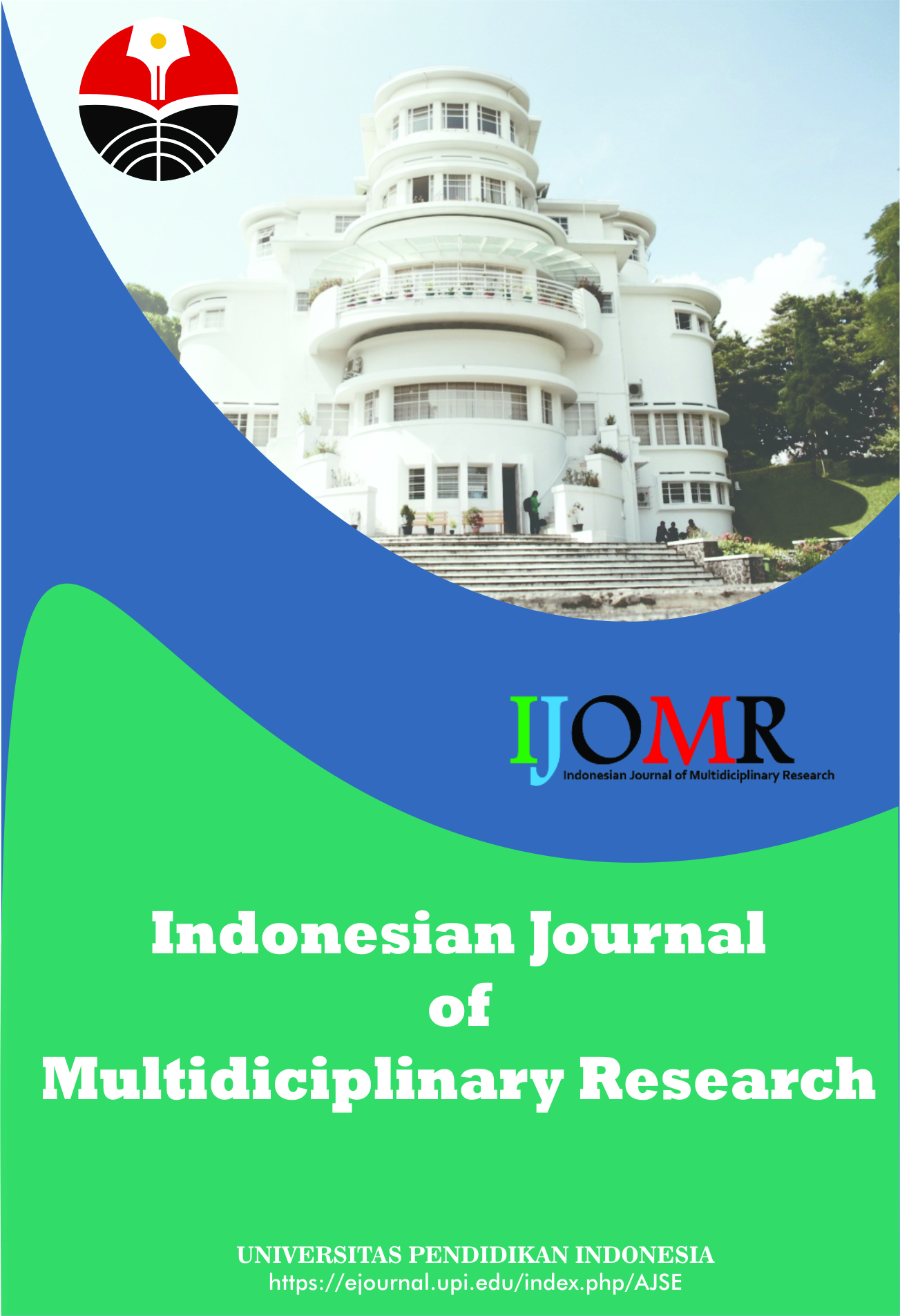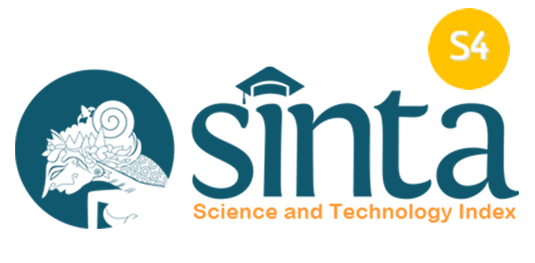Application of Augmented Reality Technology with the Fuzzy Logic Method as an Online Physical Education Lecture Method in the New Normal Era
Abstract
Keywords
Full Text:
PDFReferences
Billinghurst, M. (2002). Augmented reality in education. New Horizons for Learning, 12(5), 1-5.
Ibáñez, M. B., and Delgado-Kloos, C. (2018). Augmented reality for STEM learning: A systematic review. Computers and Education, 123, 109-123.
Palmarini, R., Erkoyuncu, J. A., Roy, R., and Torabmostaedi, H. (2018). A systematic review of augmented reality applications in maintenance. Robotics and Computer-Integrated Manufacturing, 49, 215-228.
Ozdemir, M., Sahin, C., Arcagok, S., and Demir, M. K. (2018). The effect of augmented reality applications in the learning process: A meta-analysis study. Eurasian Journal of Educational Research, 18(74), 165-186.
Tzima, S., Styliaras, G., and Bassounas, A. (2019). Augmented reality applications in education: Teachers point of view. Education Sciences, 9(2), 99.
Challenor, J., and Ma, M. (2019). A review of augmented reality applications for history education and heritage visualisation. Multimodal Technologies and Interaction, 3(2), 39.
Sumitra, I. D., and Supatmi, S. (2019). Mamdani fuzzy inference system using three parameters for flood disaster forecasting in Bandung region. IOP Conference Series: Materials Science and Engineering, 662(4), 042008
Supatmi, S., Hou, R., and Sumitra, I. D. (2019). Study of Hybrid neurofuzzy inference system for forecasting flood event vulnerability in Indonesia. Computational Intelligence and Neuroscience, 2019.
Tan, C. F., Wahidin, L. S., Khalil, S. N., Tamaldin, N., Hu, J., and Rauterberg, G. W. M. (2016). The application of expert system: A review of research and applications. ARPN Journal of Engineering and Applied Sciences, 11(4), 2448-2453.
Acosta, J. L. B., Navarro, S. M. B., Gesa, R. F., and Kinshuk, K. (2019). Framework for designing motivational augmented reality applications in vocational education and training. Australasian Journal of Educational Technology, 35(3), 102-117.
DOI: https://doi.org/10.17509/ijomr.v1i1.33762
Refbacks
- There are currently no refbacks.
Copyright (c) 1970 Kantor Jurnal dan Publikasi, Universitas Pendidikan Indonesia (UPI)

This work is licensed under a Creative Commons Attribution-ShareAlike 4.0 International License.
Indonesian Journal of Multidiciplinary Research (IJOMR) is published by Universitas Pendidikan Indonesia (UPI)















